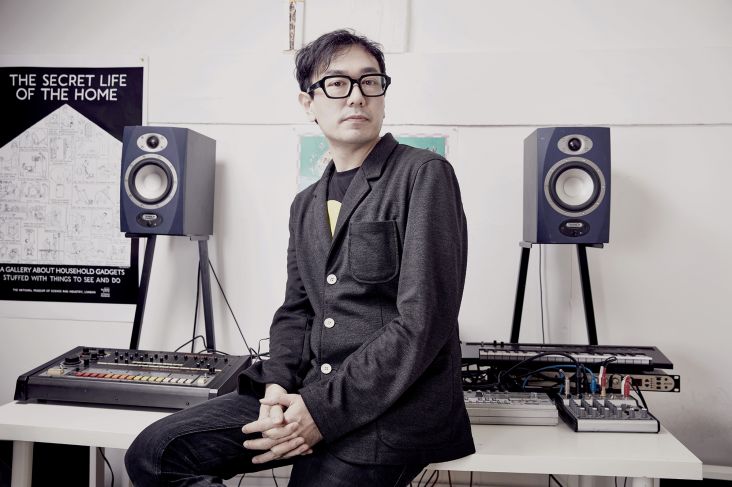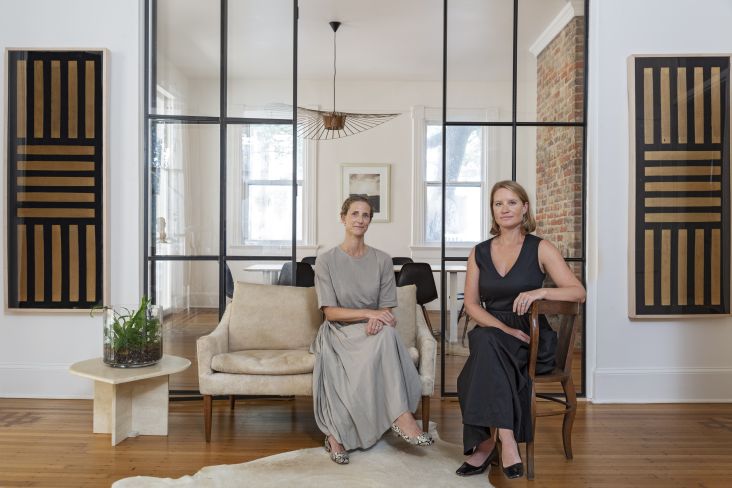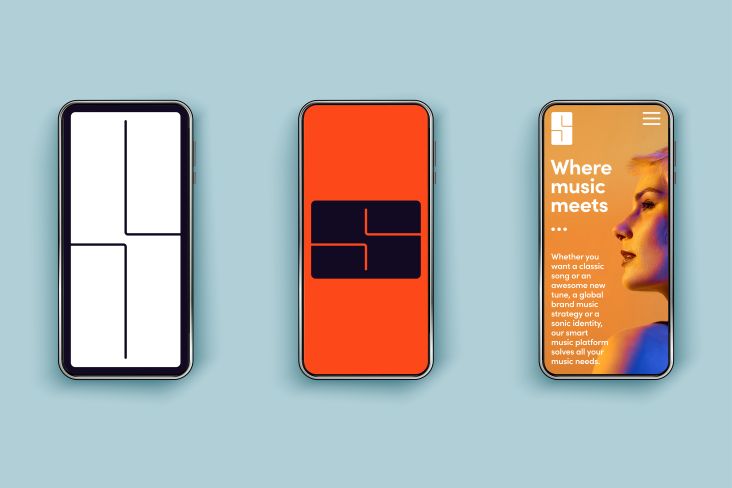Melcher Oosterman creates intricate, colourful illustrations without even planning them
Rotterdam-based illustrator Melcher Oosterman has an expert eye for colour, which he uses to create intricate illustrations brimming with wit, character and tragedy. But another important skill in his creative toolkit is an aversion to planning.
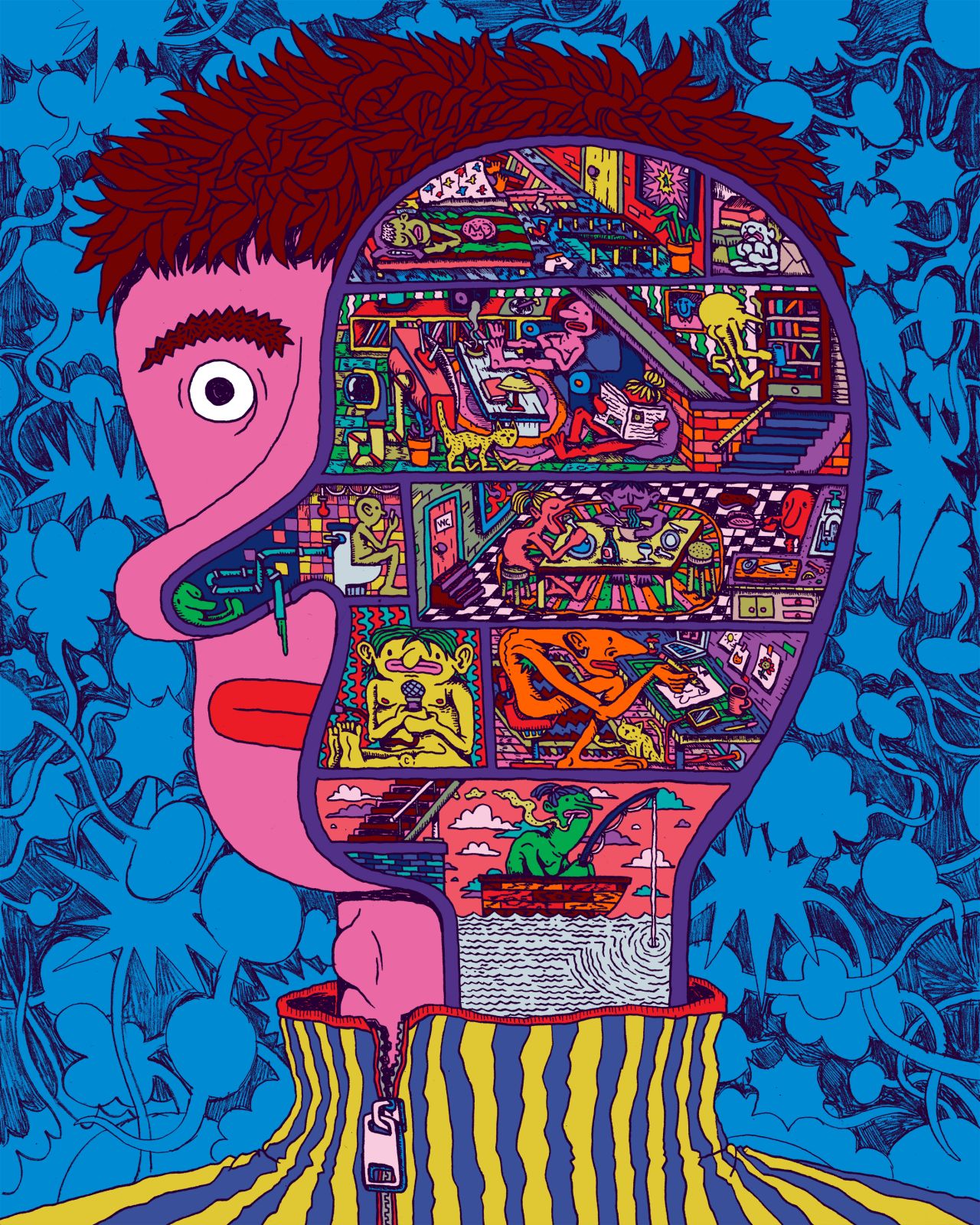
A self-confessed late bloomer when it came to reading and writing, Melcher was originally drawn to illustrations as a child because they offered him an alternative way to express himself and communicate. It's an approach that's clearly paid off because now, as an adult, he's an in-demand artist who has worked for the likes of Vice, De Correspondent, Illustratie Biennale, and many more.
In his younger years, Franco-Belgian comics gave Melcher an indication of how he could turn his artistic fascination into a career. Although the idea of creating comics with characters and stories felt like too much of an intimidating commitment, he soon realised that single images like editorial illustrations would give him the scope to tell an entire story.
"As I grew older, I got obsessed with drawing, and after seeing editorial illustrations in De Volkskrant (a big Dutch newspaper), it all made sense to me. It's how you earn a living from drawing," Melcher tells Creative Boom. "The images there communicated everything you needed to know in one page."
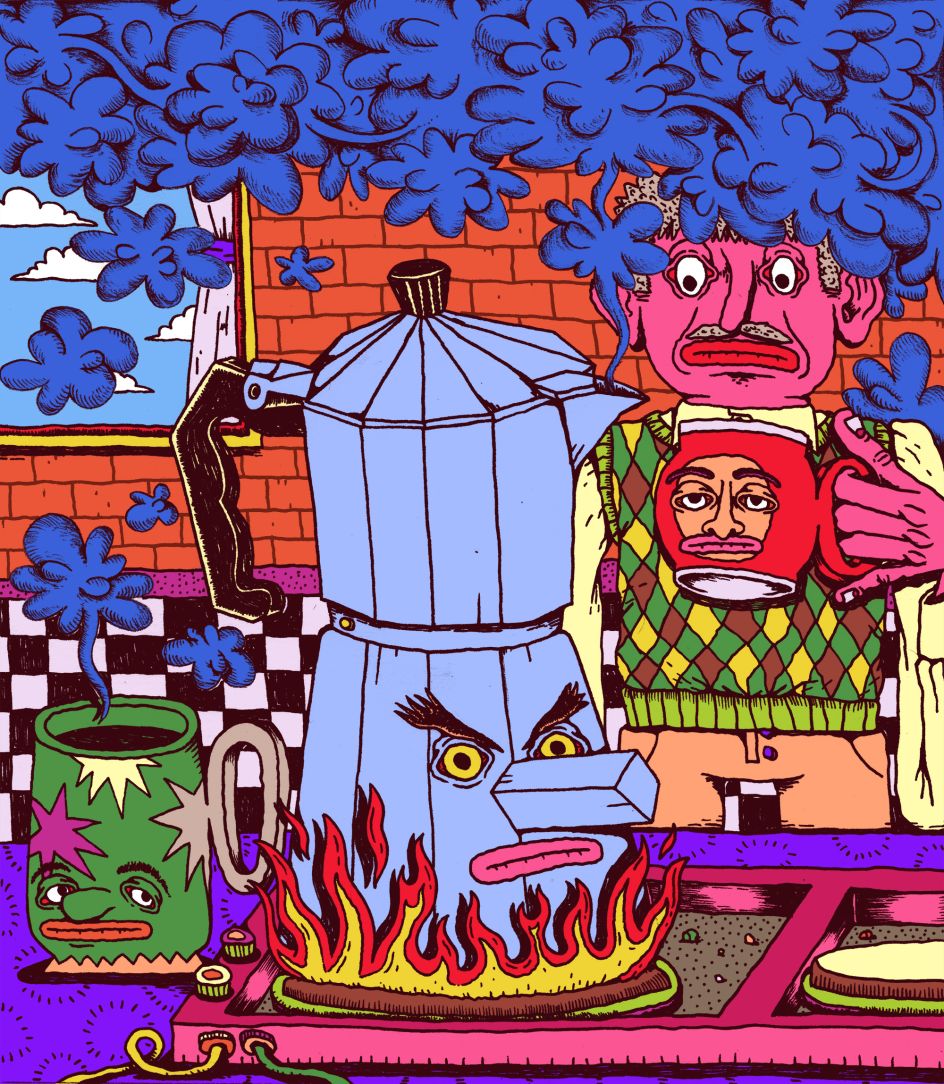
He adds that from there: "I researched illustrators from all over the world and started collecting their zines and prints to learn as much as possible. The world of illustration opened up to me, and I figured out the endless possibilities. With drawing as a foundation, everything is possible: animation, ceramics, Riso printing, screen printing, murals and much more.
"At the moment, I feel like I have barely scratched the surface and knowing how much I still do not know about illustration really gets me excited for the future."
From this wealth of inspiration and talent, a few select names rise to the top when it comes to Melcher's influences. In particular: Tove Jansson. "Her ability to create such delicate and whimsical worlds with an endless cast of charming characters is insane," says Melcher. "I never watched the Moomins much, but as of late, I have been looking a lot at her work. I find a sense of comfort and calmness in her work."
A large part of the fun of creating is seeing things appear on paper as if I have no control over them.
Kiyoshi Awazu is another huge inspiration who Melcher considers an "absolute mastermind" when it comes to colour and creativity. Drawing on folklore themes and historical printing methods, Kiyoshi's work encompasses graphic design, and it's easy to see between his work and Melcher's.
The absurdist humour of Seymour Chwast is another big influence on Melcher, especially the way he pushes the envelope of what is acceptable in mainstream illustrations and graphic art. "He has also been making illustrations for over six decades now, and I truly hope to be as long in the illustration game as he is."
Beyond the art world, Melcher has recently started getting a lot of inspiration from nature and the world and people around him. "My girlfriend is from North Devon, and every time we visit her family, I am truly amazed by the landscape. It looks like a Studio Ghibli movie, especially when she drives me around on those tiny roads that cross through dreamy hills."
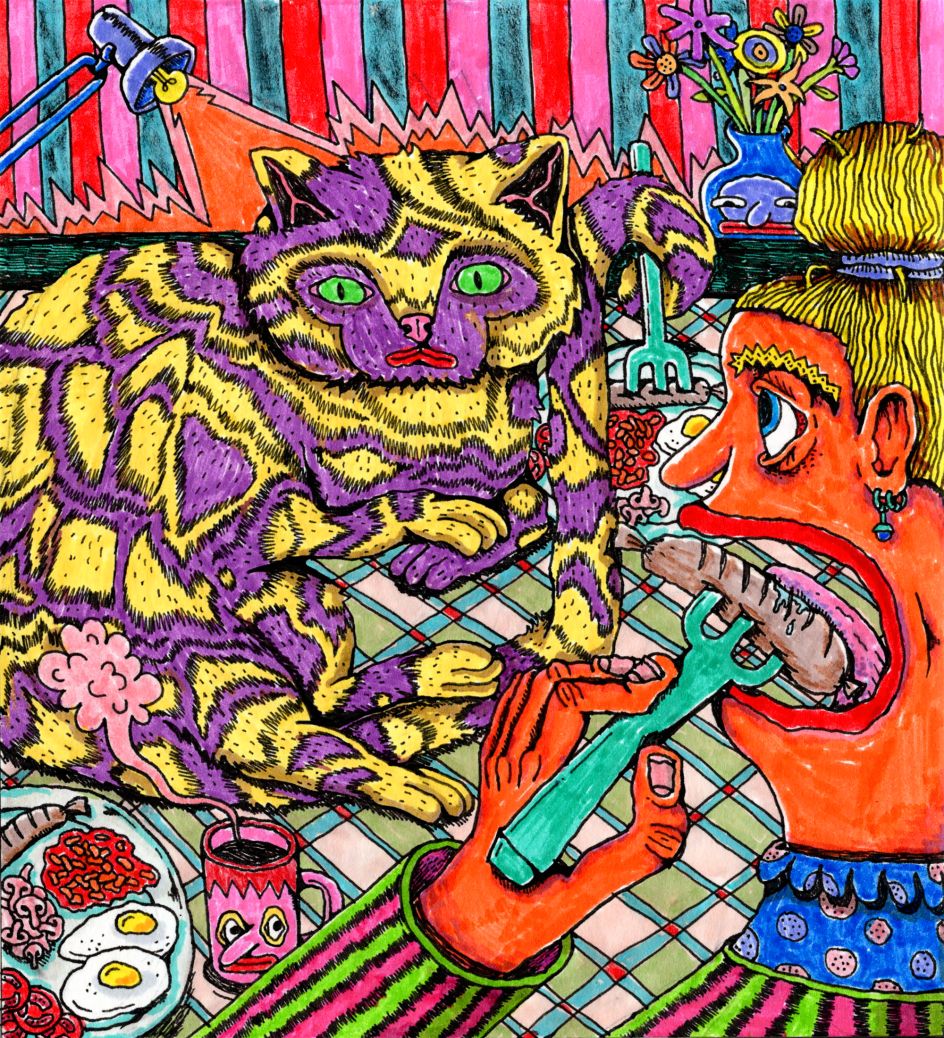
These influences have been distilled by Melcher to create an art style that he describes as "an eclectic mix of colourful, vibrant and detailed worlds inhabited by humorous and sometimes tragic characters". These characters are the foundation of Melcher's work, although lately, he is keen to explore world-building and create unique universes within the different projects he works on.
"I have been paying more attention to the landscape around me," Melcher explains. "I go on a cycle almost every day and watch the environment change. I live in Rotterdam, a pretty big city destroyed in the Second World War. Most of the classic Dutch architectural details are gone, and the city was rebuilt in a wild mix of modern architecture and high rise buildings.
"There are so many strange objects and architectural experiments. Thanks to excellent cycling infrastructure and public transport, I have plenty of opportunities to observe my immediate surroundings. The people and animals I observe are just so endlessly fascinating, and I cannot stop drawing them."
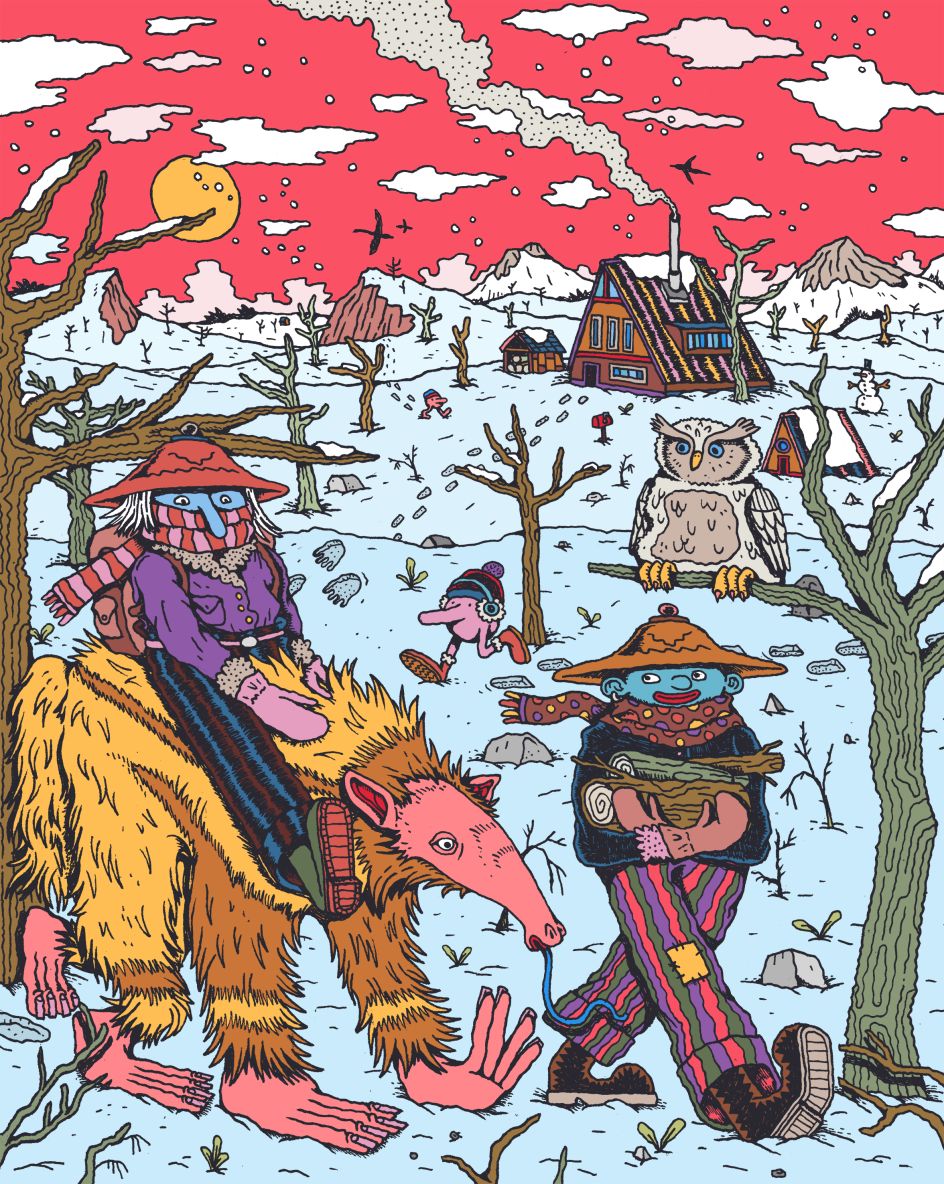
If you're familiar with Melcher's work, you'll notice the tragic and humorous characters are a staple of his portfolio. Although this is something he admits he might be moving away from soon, partly because he is not focusing as much on producing self-portraits which often had more of a sombre outlook.
"I would make self-portraits with a lot of humour to lift myself out of these moods, and I think that is how I started to see this tragic-comedy element in other people as well," he reveals. "It is important to take your work seriously, but you don't have to take yourself so seriously. Also, it is a lot more interesting to draw characters with emotional depth rather than characters who are always happy or always sad. Opposites can co-exist and make for interesting work."
All the mistakes and little accidents that come from not sketching really add to my work.
As well as being loaded with humour and charm, Melcher's illustrations are explosively colourful. Yet he always appears to know how to balance his palette for maximum impact. How does he do it? "It is like a puzzle to me," he says. "If I colour work digitally, I start with whatever colour fits the mood and slowly build around that colour until it gets too chaotic, and I might have to remove a couple.
"Within the piece, I try to avoid elements with the same colour touching each other, which really makes the work one big puzzle where I have to fit all the right elements together. If the colouring is done analogy, the process is simpler. I already drew out all the linework, so I cannot stop working on the piece just because I messed up one colour. I basically just have to make it work."
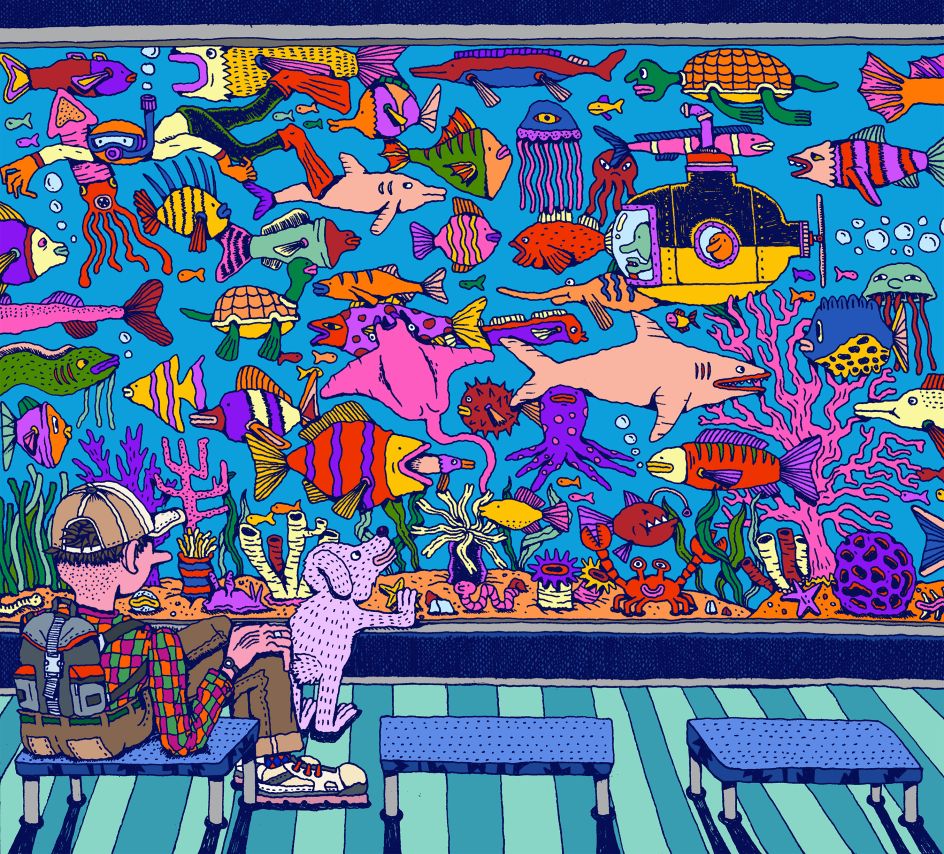
And while this use of colour sounds carefully considered, Melcher doesn't weigh his work down by meticulously considering how all of the elements work together, which is impressive, seeing as his illustrations can be an intricate network of details and characters all interacting with one another.
"I stay away from planning as much as possible," he admits. "A large part of the fun of creating is seeing things appear on paper as if I have no control over them.
"I used to be a big perfectionist. I could spend so much time just planning and sketching a drawing before I even started the actual process of making. These days I feel like all the mistakes and little accidents that come from not sketching really add to my work. This results in naive compositions and awkward poses, but these imperfections create a personal and human touch to my illustrations.
"This is also why I work with analogue and digital media – the limitations of pen and paper make me come up with creative solutions, and the digital aspect brings a layer of depth afterwards. A wobbly or smudged line and the texture of a dried-out brush pen is something you cannot mimic and is, therefore, a lot more interesting to me than a perfect, anatomically correct illustration with straight lines."
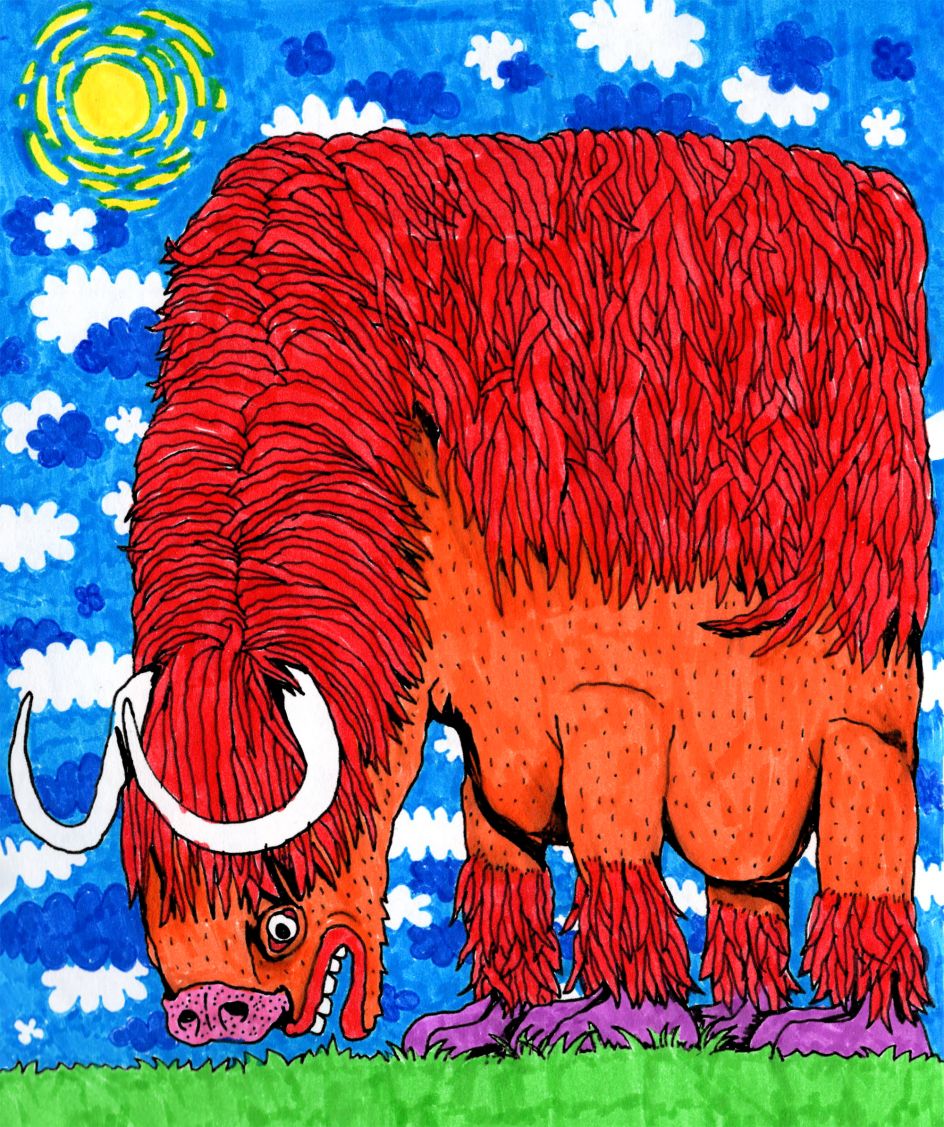
Melcher's illustrations are stunning, dynamic, and appear to burst off the page. It's a fitting reflection of how his mind works, as he's constantly turning over new ideas in his head. The only drawback to this prolific outlook is that he can't find time to work on everything he wants. But for those struggling with creative block, how does Melcher keep his imagination refreshed and engaged?
"By always keeping an open mind and trying to stay up to date about everything visual," he reveals. "I trained my eyes to look at anything without judging its quality or comparing it to previous things I see. You can get inspiration from everything, but you have to actively look for it. There is beauty everywhere as long as you are curious and almost look at the world with the naivety of a child.
"By actively looking at the world with a sense of wonder and respecting your subjects, there is abundant inspiration. I do stay away from looking too much at other illustrators to keep my work from following trends."
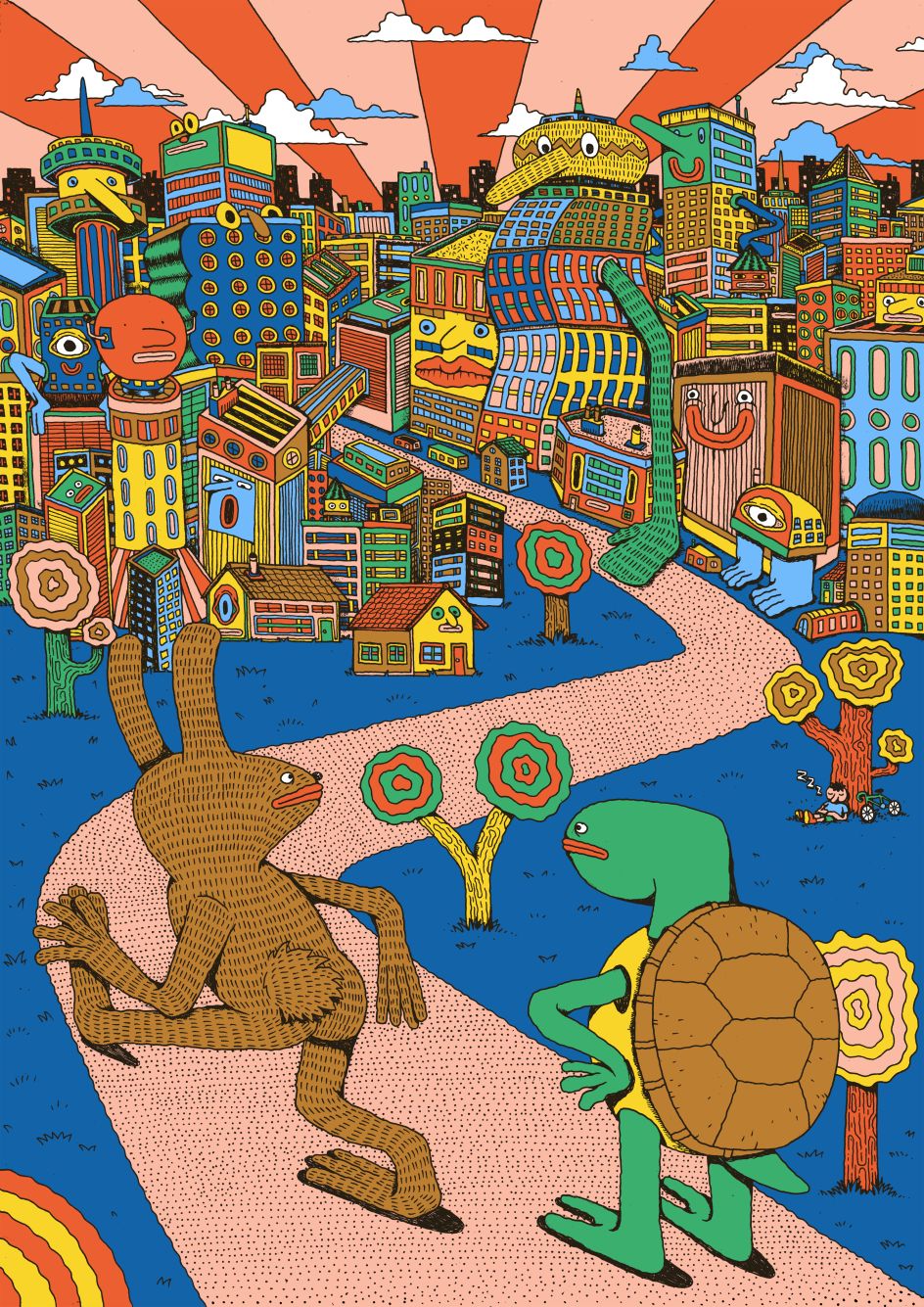




 by Tüpokompanii](https://www.creativeboom.com/upload/articles/58/58684538770fb5b428dc1882f7a732f153500153_732.jpg)

 using <a href="https://www.ohnotype.co/fonts/obviously" target="_blank">Obviously</a> by Oh No Type Co., Art Director, Brand & Creative—Spotify](https://www.creativeboom.com/upload/articles/6e/6ed31eddc26fa563f213fc76d6993dab9231ffe4_732.jpg)









